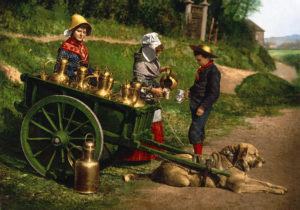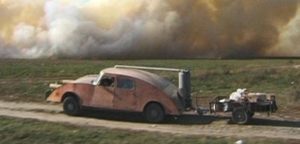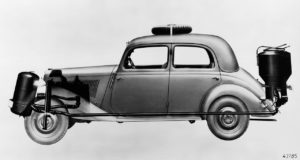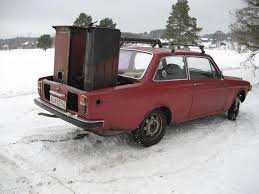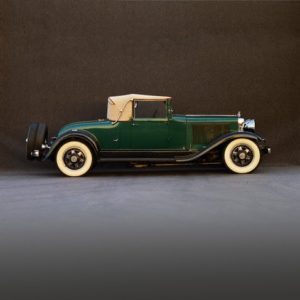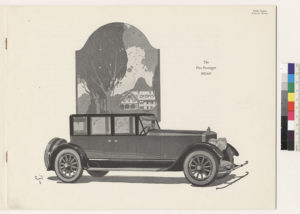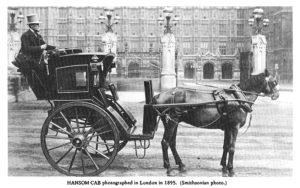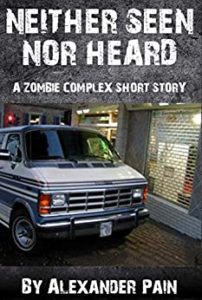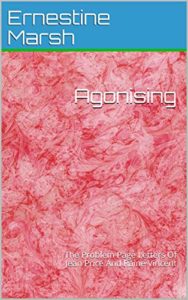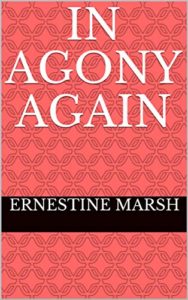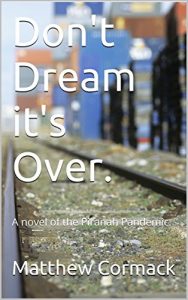Should we ever find ourselves in a post-apocalyptic (PA) world, what will we rely on for our transportation and cartage needs? Will it be the horse as many, if not most, PA writers speculate? Probably not.
But if we won’t be using horses in a PA world, what will be our options? Fortunately we have three excellent ones.
For the past four weeks I’ve been talking about transportation in a PA world. And I’ve made a point that we won’t be using the horse — books, movies, and TV shows to the contrary.
Horses are skittish, high-maintenance animals. In addition, they are not only dangerous but have pretty much always been the speciality of the rich. The poor and middle class used their feet or dog carts. Or perhaps rented a horse and wagon.
Even in the 1800s, when the horse was everywhere, most folks did not own a horse. They were simply too expensive to maintain. So why would things be any different in PA world, where survival of the human is going to take precedence over everything else?
In fact, the most valuable use of the horse, should we find one, just might be to fill our stomachs.
Aside from our feet, what are our land transportation options?
First off, we have man’s best friend: the dog. Dogs have been with us longer than horses. They are also far more manageable and versatile than horses.
Dogs can guard our possessions, warn us that intruders or predators are about, haul our goods, and, while we can’t ride them, they can pull us about in a cart or sled. In addition, most of us know dogs. The same can’t be said for horses.
Dogs. Probably the most practical animal in a PA world.
But when it comes to transportation, what we are most familiar with are cars and trucks.
Just because the gasoline runs dry doesn’t mean we can’t use our cars or our trucks. We simply need to think outside the box. And the answers are already before us: steam-power and wood gas. Both of which are established technology. No need to reinvent the wheel.

Converting an internal combustion engine to run on steam would take a considerable amount of machining, but it can be done. In fact, it has been done many times over by steam-power aficionados. The tech is out there, and has been since at least the 1970s.
All the savvy prepper and survivalist has to do is find the info on the Internet and print out the instructions. Now, rather than later. Then, when the SHTF, team up with a machinist to rebuild engines and to make boilers and burners. Easy-peasy.
Steam cars. It’s really what we should be driving today.
Wood gasification is also established tech. Once again, no need to reinvent the wheel.
Wood gas can fuel our cars and trucks, be used to fuel our stoves and furnaces, provide us with lighting, as well as provide power for industry. And in a PA world, bringing back industry will go a long way towards building back a new and better world.
Many countries survived on wood gas in World War II. Why wouldn’t survivors do the same in a PA world?
Once again, the savvy prepper and survivalist simply needs to print off the abundant material available on the Internet (now, rather than later), and life will be good when the SHTF.
So, the next time you read a book, or watch a movie, or TV show that makes abundant use of the horse after the apocalypse just chalk it up to the writer’s love for westerns — because that’s the only place where the horse was king. And most westerns are the stuff of fantasy.
Comments are always welcome. And until next time, happy reading!
 CW Hawes is a playwright, award-winning poet, and a fictioneer; as well as an armchair philosopher, political theorist, and social commentator. He loves a good cup of tea and agrees that everything’s better with pizza.
CW Hawes is a playwright, award-winning poet, and a fictioneer; as well as an armchair philosopher, political theorist, and social commentator. He loves a good cup of tea and agrees that everything’s better with pizza.
